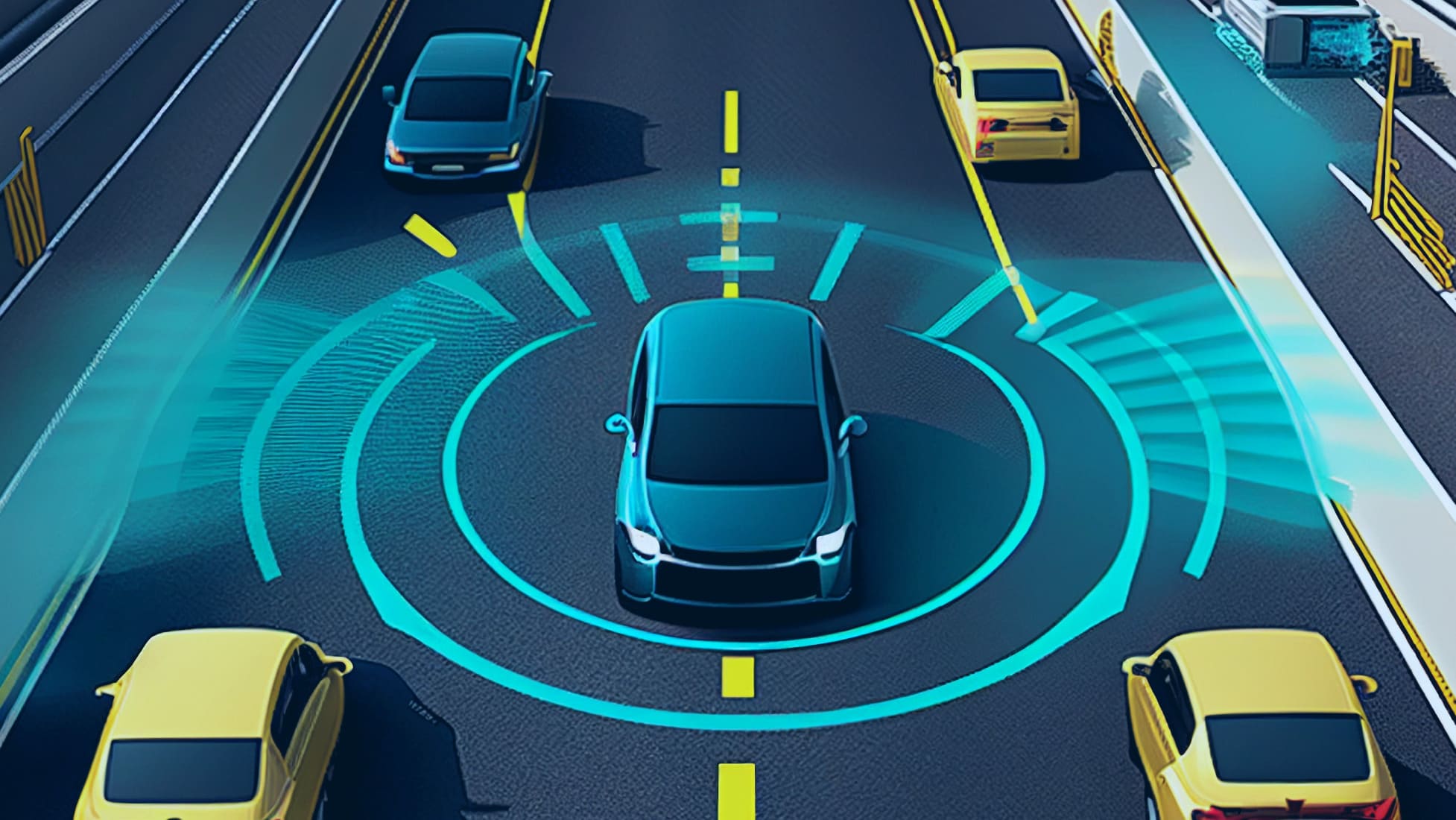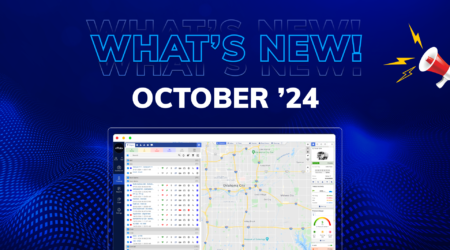Why the Integration of ADAS is Essential for Future Transportation
In an era where technology is rapidly reshaping our world, Advanced Driver Assistance Systems (ADAS) stand at the forefront of revolutionizing transportation. ADAS technology, with its innovative features, is not just a trend but a pivotal component in the evolution of automotive safety and efficiency. This technology is increasingly becoming integral to modern vehicles, promising to enhance road safety and redefine our driving experiences. In this comprehensive exploration, we will delve into why ADAS is indispensable for future transportation and how it aligns seamlessly with advanced fleet management software.
Understanding ADAS Technology
Before we dive into the significance of ADAS, let’s first understand what it encompasses. ADAS refers to a range of electronic systems and features in a vehicle designed to improve safety and driving. It includes technologies like automatic braking, lane-keeping assistance, adaptive cruise control, and blind-spot detection. These systems work together to assist the driver, prevent accidents, and pave the way for autonomous driving.
The Role in Enhancing Road Safety
Advanced Driver Assistance Systems (ADAS) play a pivotal role in enhancing road safety, marking a significant advancement in the automotive industry. Let’s delve deeper into how ADAS contributes to safer roads and driving experiences.
1. Collision Avoidance Technologies
- Emergency Brake Systems: ADAS equipped vehicles often include emergency braking systems that detect imminent collisions and apply brakes automatically if the driver fails to respond in time. This technology is crucial in preventing rear-end collisions and reducing accident severity.
- Forward Collision Warnings: These systems alert drivers to potential collisions with vehicles ahead, providing crucial reaction time to avoid or mitigate accidents.
2. Driver Monitoring for Enhanced Safety
- Drowsiness Detection: ADAS can monitor signs of driver fatigue or inattention, issuing alerts to encourage breaks, which is essential for long-distance drivers or in situations where driver alertness is critical.
- Distraction Alerts: Systems that detect when a driver is not paying attention to the road (e.g., looking at a mobile phone) and provide alerts to refocus the driver’s attention.
3. Lane Keeping and Departure Technologies
- Lane Departure Warning (LDW): These systems alert drivers when their vehicle begins to drift out of its lane without a turn signal, helping to prevent accidents caused by inadvertent lane departure.
- Lane Keeping Assist (LKA): This feature goes a step further by automatically steering the vehicle back into its lane if it starts to drift.
4. Enhanced Visibility for Drivers
- Adaptive Headlights: These headlights adjust their intensity and direction based on driving speed and road conditions, improving visibility, especially on curves and during night driving.
- Blind Spot Detection: This technology alerts drivers to vehicles in their blind spots, significantly reducing the risk of side-swipe accidents while changing lanes.
5. Pedestrian Protection Systems
- Pedestrian Detection and Avoidance: These systems detect pedestrians in the vehicle’s path and can automatically apply brakes to prevent a collision, particularly vital in urban settings with high foot traffic.
6. Traffic Sign Recognition
- Automated Sign Interpretation: This feature enables the vehicle to recognize and interpret traffic signs, alerting the driver to speed limits, no-entry signs, and other critical road signals.
7. Integration with Smart City Infrastructure
- V2X Communication: Future ADAS technologies are likely to incorporate Vehicle-to-Everything communication, allowing cars to interact with traffic signals, road sensors, and other vehicles to enhance safety and traffic flow.
The Impact on Road Safety Statistics
The impact of ADAS on road safety is significant. According to various studies and reports:
- Reduction in Traffic Accidents: Vehicles equipped with ADAS technologies have been shown to reduce traffic accidents significantly. For instance, automatic emergency braking alone can reduce rear-end collisions by up to 50%.
- Decreasing Fatalities and Injuries: ADAS features like pedestrian detection systems have the potential to drastically reduce fatalities and serious injuries, particularly in urban areas.
The Future of ADAS in Road Safety
Looking forward, the integration of ADAS will continue to evolve, becoming more sophisticated with advancements in artificial intelligence and machine learning. This evolution will lead to more proactive and predictive safety measures, further reducing the risk of human error in driving and setting the stage for fully autonomous vehicles. As this technology becomes standard in more vehicles, we can expect a significant positive impact on overall road safety, marking a new era in transportation where safety and technology go hand in hand.
ADAS and Advanced Fleet Management Software
Integrating ADAS with advanced fleet management software takes vehicle safety and efficiency to the next level. Fleet management systems can leverage ADAS data to monitor vehicle performance, driver behavior, and road conditions. This integration provides fleet operators with actionable insights, enabling them to optimize routes, reduce maintenance costs, and enhance overall fleet efficiency.
Predictive Maintenance and Operational Efficiency
ADAS technology, combined with fleet management software, can predict and prevent vehicle breakdowns before they occur. By analyzing data from ADAS sensors, fleet managers can schedule timely maintenance, thus reducing downtime and extending the life of the vehicle.
Ensuring Compliance and Safety Standards
With ADAS integration, fleet management software can ensure that vehicles comply with safety standards and regulations. This is crucial for businesses to avoid penalties and maintain a reputation for safety and reliability.
Trends in ADAS Technology
The Shift Towards Autonomy
The future of ADAS is closely linked with the development of autonomous vehicles. As ADAS technology advances, we are witnessing a gradual shift towards fully autonomous driving. This transition will redefine transportation, offering greater efficiency, reduced traffic congestion, and enhanced mobility for all.
Connectivity and Real-Time Data
Another emerging trend is the increasing connectivity of ADAS with other vehicles and infrastructure. This Vehicle-to-Everything (V2X) communication enables real-time data exchange, further improving safety and traffic management.
The Benefits of ADAS Technology for All Road Users
Improved Safety for Vulnerable Road Users
ADAS technology isn’t just beneficial for drivers; it also enhances the safety of pedestrians, cyclists, and other vulnerable road users. Features like pedestrian detection and automatic emergency braking can prevent accidents involving these groups, making our roads safer for everyone.
Smoother and More Efficient Traffic Flow
By reducing accidents and enhancing vehicle operation, ADAS contributes to smoother traffic flow. This efficiency reduces commute times, lowers emissions, and contributes to a more sustainable transportation ecosystem.
Conclusion
The integration of ADAS technology in vehicles is more than just a trend. It’s a necessary step towards safer, more efficient, and more sustainable transportation. As we look to the future, the synergy between ADAS and advanced fleet management software will continue to play a pivotal role in transforming how we navigate our roads. By embracing these innovations, we can look forward to a world where road travel is not only safer but also more enjoyable and environmentally friendly.
In summary, ADAS technology is an essential component of modern transportation. It offers numerous benefits that extend beyond individual vehicles to the entire transportation network. Its integration with advanced fleet management software marks a significant leap forward in our journey towards smarter, safer, and more sustainable mobility solutions.





